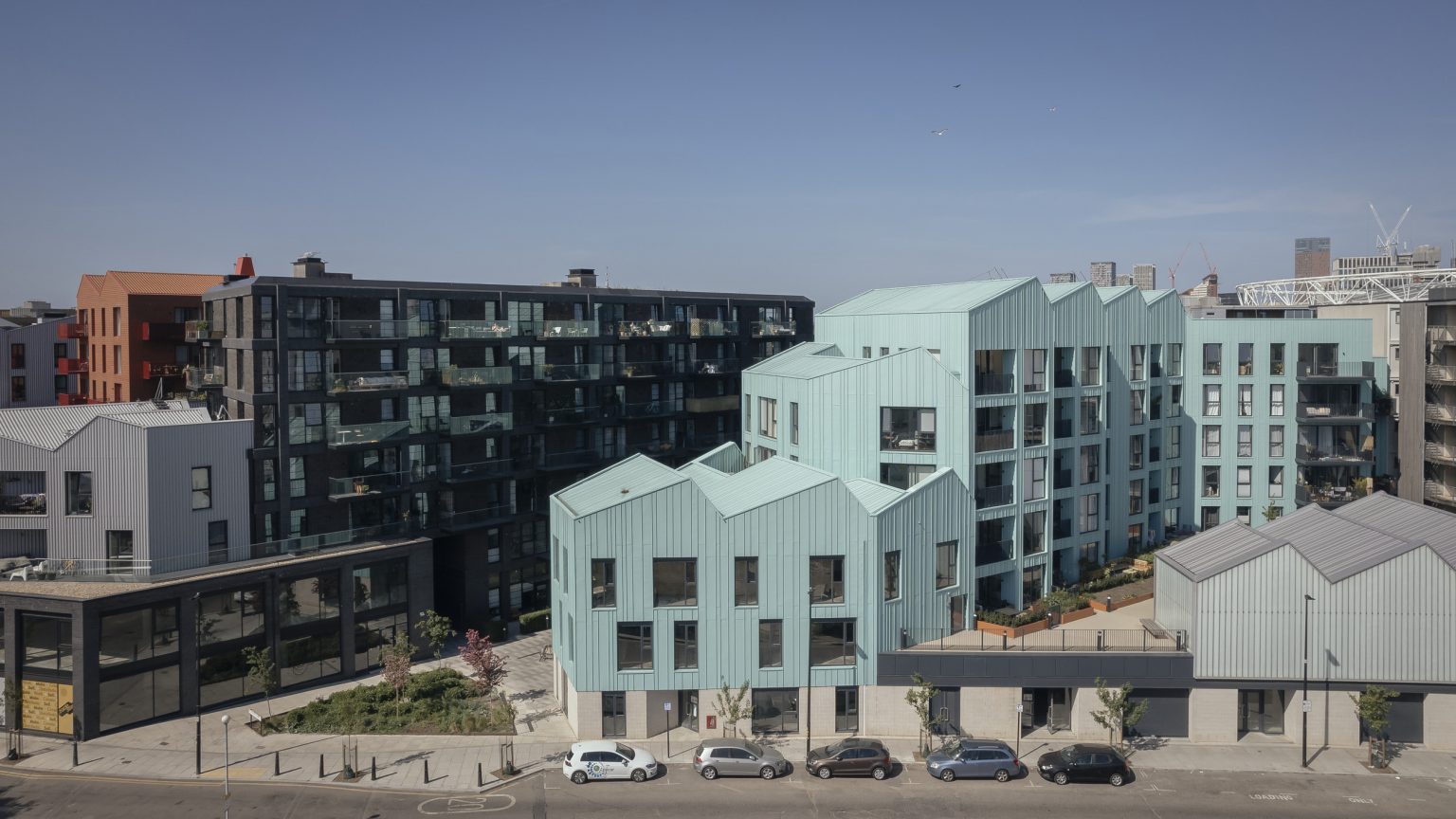Hacking has not been enjoying the best reputation these days. It is in the news when hackers hack into some computer systems causing data leakage or malfunctions. It is associated with unpredictable consequences that could lead to chaos and disruptions. But the truth is, the act of hacking takes place beyond the cyber world, and it can bring upon something good.
“A hacker is someone trying to make toast with a coffee machine,” said the late German journalist and activist Wau Holland. The idea of hacking emerged in the 1950s in the field of technology. To hack is to intervene in a system and do something that was what the system designed to do. The act itself is neutral. But the term has often been associated with cybercrime over the years, creating a bad connotation with the term.
When applying the concept to the urban living environment, the original meaning of hacking is restored. It is an intervention and disruption of the status quo, with an aim to make the surrounding environment a better place to live. It is not about overthrowing the system, but to use creativity and imagination to identify the loopholes and missing links and improve city living.
Hacking cities, in fact, has quietly become a global social movement. Urban development since the Industrial Revolution has been accelerated to a point where inhabitable spaces, particularly public spaces, are increasingly inhumane. Development is a synonym to removing anything that is an obstacle to profits. Buildings and infrastructure are constructed to facilitate commerce and business, not enhancing people’s well-being. Many so-called city hackers, who are mainly the young generation or artists and social activists, see such development as unjust, and they want to bring the human element back to the urban setting.
Lars Zimmermann, an artist and economist based in Berlin, is one of the leading figures in the city hacking movement. The idea behind is to convert people’s belief system, by encouraging citizens to be original, creative and active, to take control over what they want to do with the system, rather than doing what the system wants them to do with it. It is about “repurposing the tools of the city,” he tells Hong Kong art magazine Artomity.
As a 21st century creative capital in Europe, Berlin allows a great room for imagination, largely because the city is still undergoing major transformation and development since the Berlin Wall came down nearly 30 years ago. The city is still young, energetic and full of possibilities. It is where Zimmermann launches his artistic, activist research project The City Is Open Source, which encourages citizens to make small differences in order to create a sustainable environment.
Zimmermann says most people have locked themselves up in “the prison of imagination”, opposing to ideas that might sound too far-fetched. To promote the concept of city hacking, the first hurdle to overcome is to liberate the minds of the people and encourage their imagination.
To begin, city hacking is not rocket science. It does not have to be something big and complicated. French artist Florian Rivière has set a perfect example. The self-proclaimed “urban hacktivist” has once transformed a bench on the sidewalk into a beach lounge chair simply by adding an extension made from a broken floor dolly, which is often trashed after it is worn out or served its purpose in transporting goods. He has also made a small deck by the river with nothing but an ironing board, an item that can be found in almost every household.
A project called Post-It City ran a public space hacking initiative in Barcelona. It included a range of initiatives allowing citizens to temporarily occupy public spaces and repurpose their usage, such as turning suburban streets in Sabadell and Terrassa into temporary living rooms, making Macba Square into a playground for skateboarders, and even erecting a temporary home at Mirador de Montbau.

Who would’ve thought that LEGO bricks can be more than just toys? Berlin-based artist Jan Vormann gave one of the children’s favourites a new function by using them to “repair” broken brick walls by filling the holes with these colourful blocks. With such creative restoration, it could be considered as a form of artistic urban hacking.
Another simple initiative is urban farming, which not only brightens up the cityscape by gardening but also growing food that can be consumed. Some residential buildings in Berlin have been experimenting such idea by growing food in the building’s backyard. Chinese artist Zijie takes the concept to another level by growing sweet potatoes, the nutritious food that is easy to grow, in various Chinese cities as a form of public art and a way to reclaim citizen’s ownership of public spaces.

It is even an academic subject to study. The University of Melbourne, for example, offers the course Hacking Cities—Upgrading Urban Life to its undergraduate students. “Hacking means using your knowledge in these systems to set up a clever intervention”, says the course description. The course introduces students to understanding cities as a system and encourages them to design a “hack” that can alleviate the side effects brought upon by the system.
City hacking is certainly possible in Hong Kong. The densely populated environment still has room for improvisation and there is an urgent need for changes that make it more friendly for city-dwellers. But perhaps the greatest challenge of all, as Zimmermann said, is to free the people from their prison of imagination.
This article is a collaboration with Cultural Journalism Campus.





